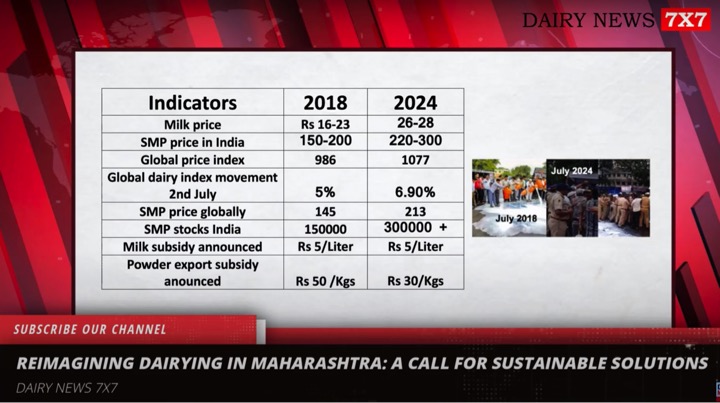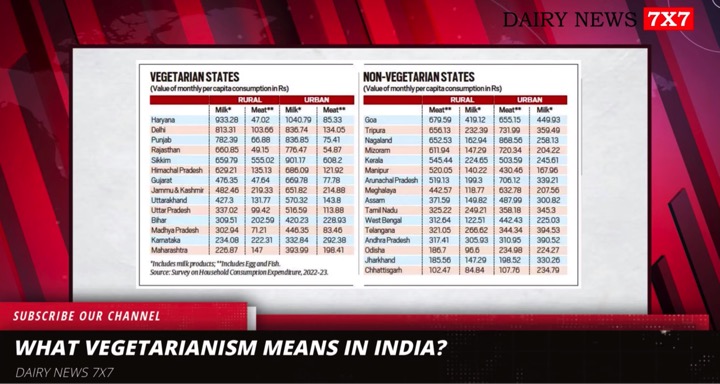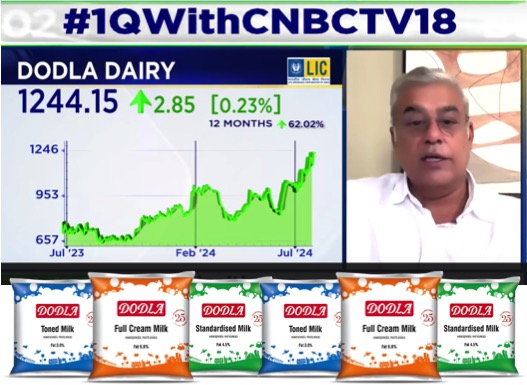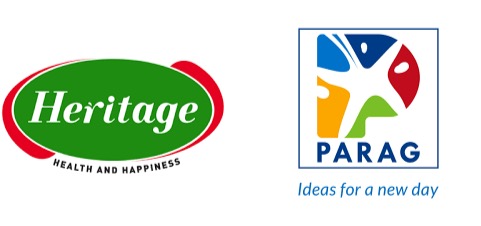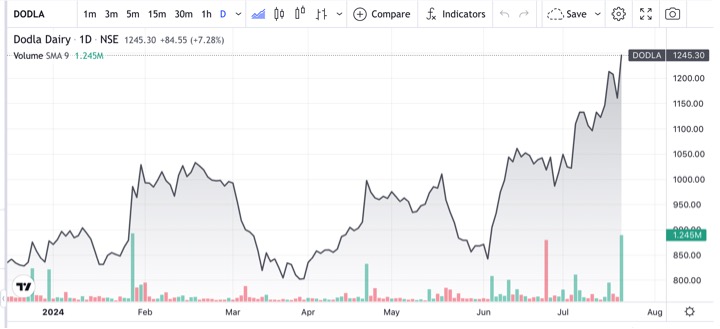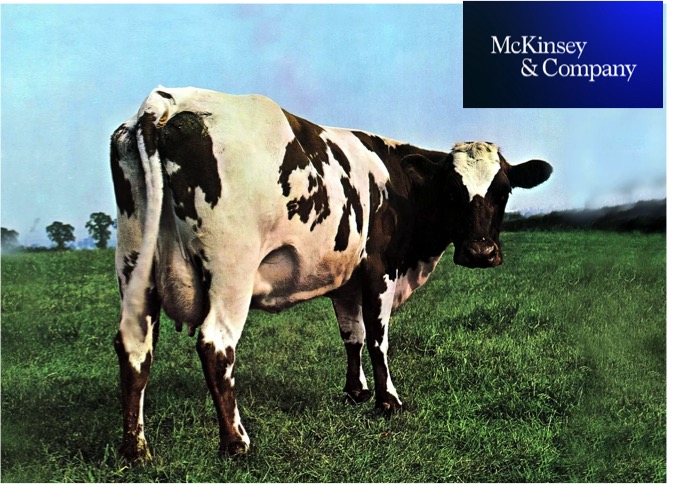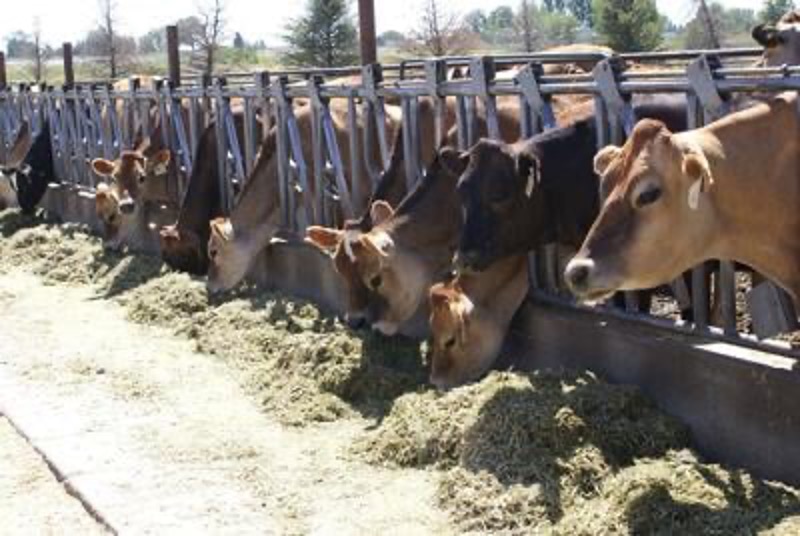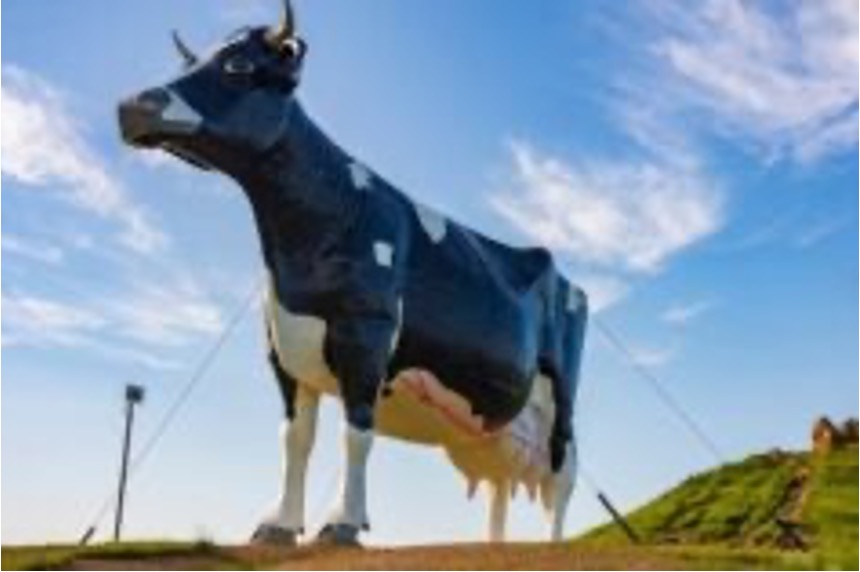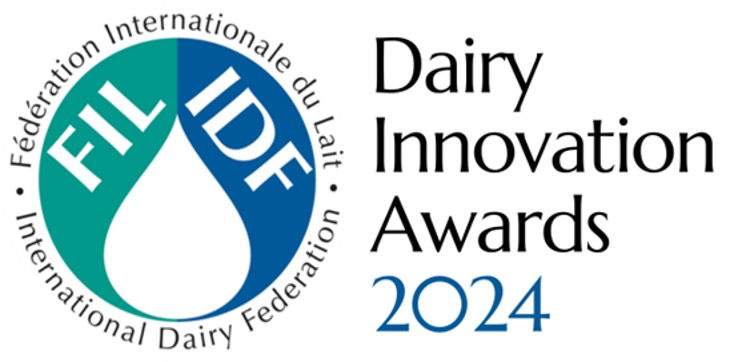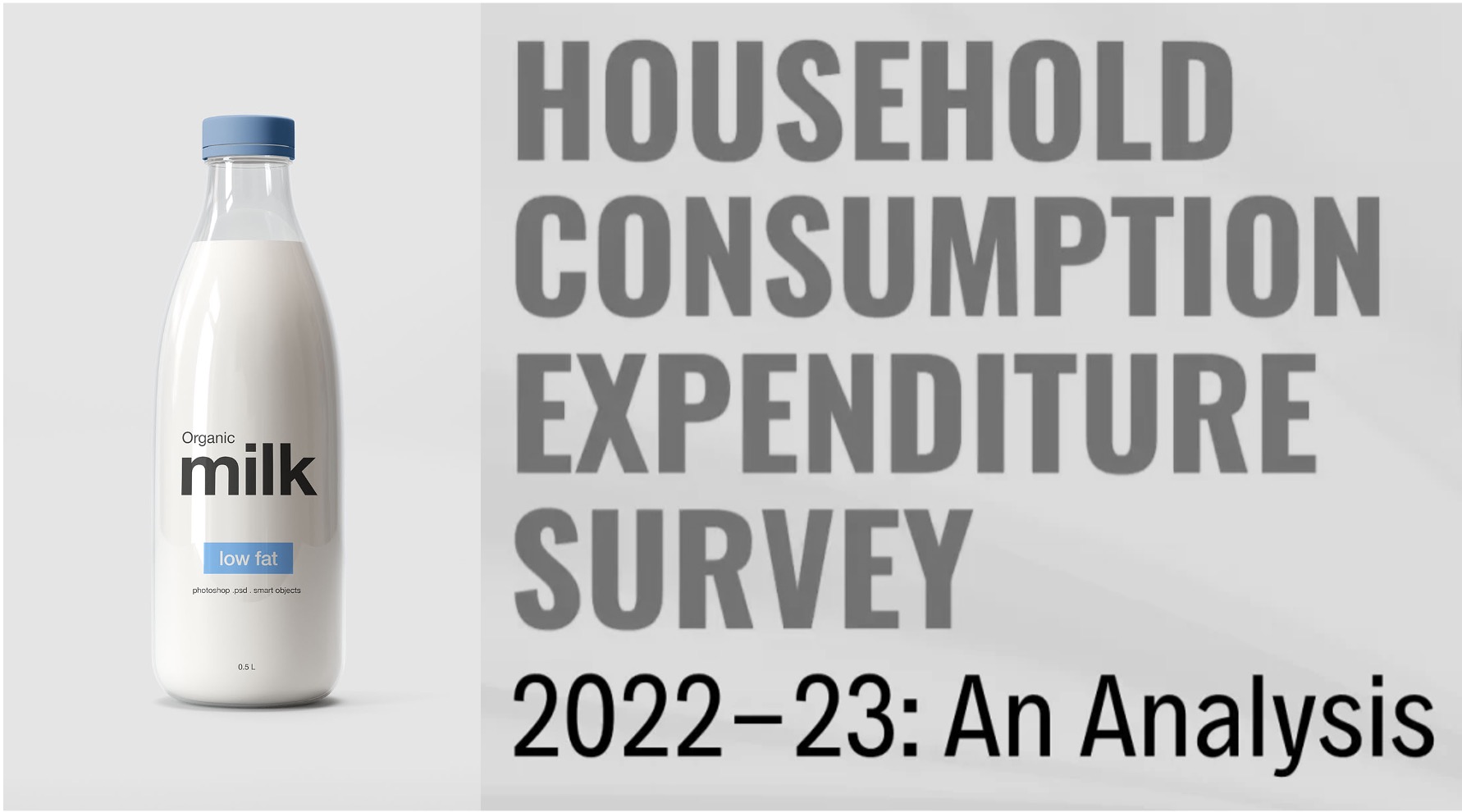Latest major research within the dairy sector has shown that strong value offerings and healthier snacking will form core elements of the market during 2024, writes Neill Barston.
A fresh study from Globaldata noted that consumers have been impacted by high inflation, as well as increasing energy and food costs, which in turn has impacted their spending patters – but that there was greater optimism that this would improve this year.
Despite this, with dairy prices have continued to rise, the research group noted that consumers are looking for brands to deliver the best functional benefits and quality at the best value, says GlobalData, a leading data and analytics company.
Ana Purcaroiu, Senior Consultant and Food Analyst at Globaldata, comments: “Consumers are responding to increasing dairy product prices in different ways. Some opt to continue buying dairy products but are reducing their spending in other grocery categories to offset higher prices or switching to cheaper store-brand or
private-label products. We are also witnessing a rising interest in plant-based dairy alternatives to traditional dairy products, primarily in Western countries.”
As the group added, demand for dairy products is expected to increase rapidly over the next decade due to increasing per capita incomes – particularly in India, Pakistan, and Africa, growing concerns over lifestyle-related health issues, and changing consumer preferences.
According to Globaldata, international dairy and dairy alternative trends in 2024 that are set to shape the market reflect consumer interest in affordability, superior nutritional value, and convenient-sized products, and these are:
1. Value Skepticism
Good quality remains the top priority for consumers purchasing dairy, despite the cost-of-living crisis placing a growing emphasis on affordability. The dairy industry has been challenged by high retail pricing, which has put a strain on sales in 2023, and further geopolitical instability and adverse weather patterns could continue to drive pricing volatility in 2024. Consumers are responding to increasing dairy product prices in different ways.
Some are opting to continue buying dairy products but are reducing their spending in other grocery store areas or buying private labels to offset higher prices. According to GlobalData’s Q4 2023 consumer survey, almost
two-thirds of consumers are switching to “own brand products” or “other cheaper brands.” However, consumers have also expressed an unwillingness to sacrifice quality in the face of high dairy prices, with many continuing to stay loyal to the brands they usually buy and buying luxury brands.
Private labels have become significant competitors to big brands as they are able to deliver greater affordability yet fairly equal product delivery. Consumers unaware of pricing structures in the dairy industry may also see private labels as better value and may assume that brands are using macroeconomic issues as an excuse to raise prices further simply for profit – sometimes referred to as “greedflation.” For some consumers who question a brand’s justification for higher prices, a switch to own-label alternatives or cheaper brands is a likely outcome.
2. Targeted Health
Growing concerns over lifestyle-related health issues such as obesity, diabetes, and chronic heart disease are encouraging consumers to shift towards healthy, fat-free, and low/no-sugar options in processed foods, which is boosting demand for products containing natural and organic ingredients that are high in nutrients with unique and appealing flavours.
The targeted health trend in dairy is catering to this demand in a more nuanced way by marketing more specialized and science-led health solutions and highlighting more specific health benefits to the consumer, which signals a more effective product. Probiotics have been a popular dairy example in 2023.
GlobalData’s Q3 2023 consumer survey reveals that 24% of Millennials view “multi-benefit/ multi-functional” as the third most popular meaning of “good value-for-money” in dairy products. An example of innovation in this area includes the ‘Australia’s Own’ milk brand, a low-fat dairy milk launched in Australia in 2023 that uses plant sterols to lower cholesterol. It is also high in calcium and protein.
3. Healthy Snacking
Health and convenience features are a high priority in consumer purchase decisions, and younger consumers have a greater preference for small dairy portion sizes. In 2024, demand for snack-sized dairy products that offer greater nutritional value will increase.
Healthy dairy options include plain, low-fat, gut-healthy, and fruit-on-the-bottom yoghurts, which provide essential nutrients such as calcium, protein, and probiotics. Cheese can also be consumed more healthily by choosing low-fat varieties or smaller portions to reduce saturated fat intake, which helps to support consumers’ health goals on the go.
In addition, “snackification” has impacted the dairy industry and has gained popularity as people seek convenient and portable options to satiate their appetites. Consequently, companies have diversified from conventional snacks and offered healthier alternatives like yogurt cups, cheese snacks, nutritious milkshakes, and protein-rich snacks to meet increasing demand.
In 2023, younger consumers, particularly Gen Z, were more inclined than other cohorts to opt for small packs and bottles when buying dairy. Furthermore, the typically tighter budgets of younger consumers may deter them from committing to higher-priced large packs. This presents a real opportunity for dairy brands to target younger consumers with snacking products that deliver greater health and wellness benefits. The Biokul yogurt drink was launched in Indonesia in October 2023 in a convenient pouch format and claims to be the “right portion size (100kcal) for weight watchers”, appealing to those consumers who want to regulate their calorie and snack intake.
Purcaroiu added: “The dairy sector will not only be shaped by trends such as targeted health, healthy snacking, and value skepticism in 2024 but also by the adoption of innovation and formulation development supported by AI’s analytical and search capabilities. With Gen Z contributing *27% of the global workforce by 2025, their spending power will become increasingly important for dairy brands, as will the need for companies to increase their supply chain transparency as regulatory probes into pricing and upcoming laws on mandatory sustainability reporting come into effect.”







